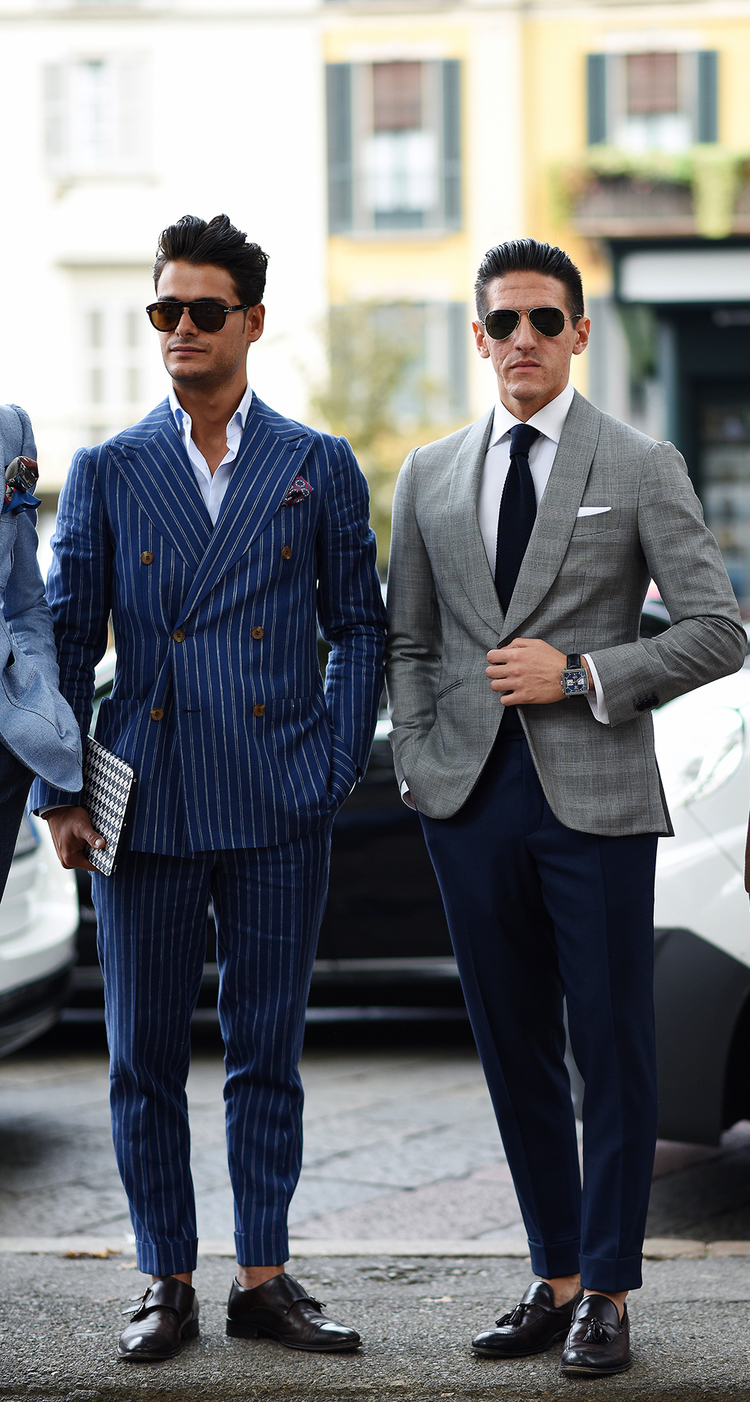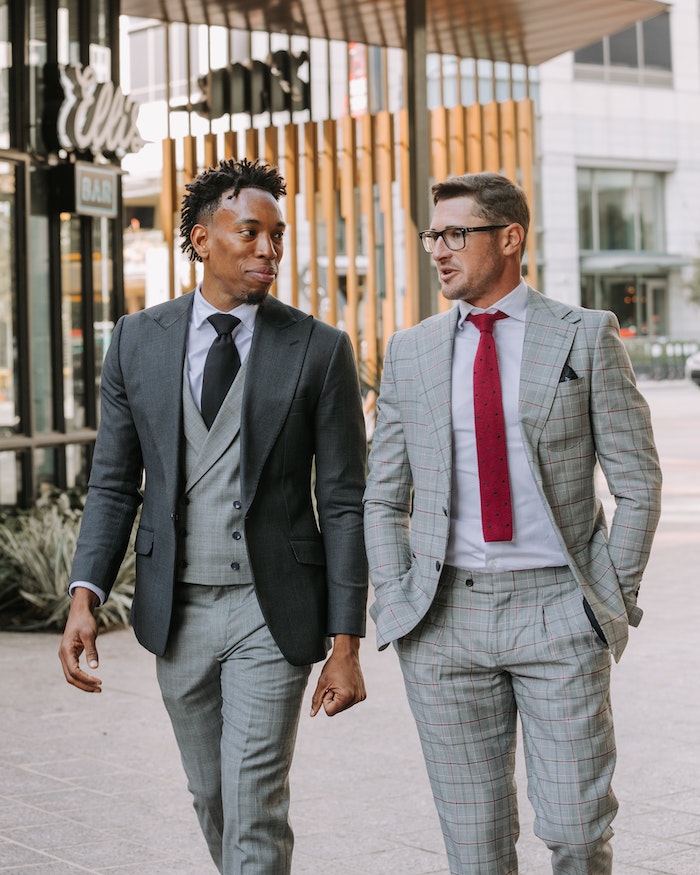The Necessary Overview to Choosing the Ideal Tailored Suit for You
Picking the ideal tailored match is a nuanced process that requires cautious factor to consider of numerous elements, including fabric kinds, body forms, and healthy choices. Comprehending the attributes of products such as wool and linen can dramatically influence your option, while a precise analysis of your body kind ensures the suit emphasizes your finest features. In addition, individualizing your fit with design and color options can improve your professional photo. The equilibrium between high quality and budget plan remains a crucial element. As we discover these elements additionally, the path to your ideal tailored match will come to be progressively clear.
Recognizing Fit Fabrics
When picking the best customized suit, how does one navigate the diverse variety of textiles available? The selection of material dramatically affects the fit's look, convenience, and sturdiness. Usual choices consist of wool, cotton, bed linen, and synthetic blends, each providing unique attributes suited for various celebrations and environments.
Woollen is one of the most popular selection for tailored matches, celebrated for its versatility and ability to drape elegantly. It uses a variety of weights, from light-weight for summer to larger options for wintertime. Cotton, while breathable and comfy, tends to wrinkle a lot more conveniently, making it appropriate for casual or semi-formal setups.
Linen is one more option, renowned for its light-weight and breathable residential properties, perfect for cozy weather. It also has a tendency to crease promptly, which can create a loosened up aesthetic. Synthetic blends, frequently a mixture of polyester and woollen, give added toughness and resistance to wrinkling, making them sensible for day-to-day wear.
Eventually, when picking a textile, consider the fit's meant usage, the environment, and individual convenience. A knowledgeable decision not only boosts the suit's capability yet additionally adds to overall self-confidence and style.
Establishing Your Type Of Body
Identifying your physique is crucial for selecting a customized match that improves your figure and ensures a lovely fit. Understanding your physique enables you to make informed options concerning match designs, cuts, and materials that complement your one-of-a-kind silhouette.
There are several common physique: the rectangular shape, triangle, inverted triangular, oval, and hourglass. The rectangle type of body is defined by a straight silhouette with little definition at the midsection. Those with a triangular body type have bigger hips and a narrower upper body, while the inverted triangle attributes more comprehensive shoulders and a narrower waist and hips. The oval physique typically has a fuller belly, and the hourglass is defined by a well-proportioned bust and hips with a defined midsection.
Recognizing your body type involves assessing your proportions and understanding how they impact your general look. This data will guide you in picking a suit that accentuates your strengths while reducing any areas of problem.
Picking the Right Fit
The fit of a customized suit is vital, as it straight affects both comfort and appearance. Accomplishing the appropriate fit entails several crucial elements, consisting of shoulder placement, breast measurement, and sleeve size (TAILORED SUITS PERTH). The shoulders should ideally sit level without any type of protruding or squeezing, providing an organized look that improves the overall check my source shape

Sleeve size is equally important; the cuff must reveal a section of the shirt sleeve, usually around half an inch, allowing for a harmonious blend of appearances and shades.
Pant fit should likewise be carefully considered. The midsection needs to sit easily without sagging or digging in, while the size must simply skim the tops of your shoes, offering a clean coating.
Personalization Options
Personalization choices play a vital duty in boosting a tailored fit from common to phenomenal, allowing people to express their one-of-a-kind design and preferences. The procedure starts with fabric option, where a varied range of materials-- such as wool, bed linen, or cashmere-- uses chances to reflect individual preference and match the occasion.
Next, take into sites consideration color and pattern options. Traditional choices like navy or charcoal are ageless, while bolder hues and intricate patterns can showcase character. Personalized tailoring additionally allows adjustments to lapels, pocket styles, and switches, boosting both looks and capability.
The fit is additional refined through individualized measurements, ensuring that every facet of the match complements the user's figure. Details such as monogramming can include a touch of uniqueness, creating a fit that really feels uniquely your own.

Budgeting for Your Fit
Budgeting for your match involves careful consideration of different aspects that can influence the general expense. Primarily, the material plays a considerable function in rates. Top quality materials such as wool, silk, or cashmere normally regulate greater prices, while synthetic blends might be a lot more affordable.
Next, take into consideration the tailoring process itself. Bespoke matches, which are made to your exact specifications, are usually more costly than tailor-made or off-the-rack alternatives. The level of craftsmanship and information, consisting of hand-stitched components, also influences the final cost.
In addition, it is critical to consider alterations. Also a well-tailored match might call for changes to attain the perfect fit - TAILORED SUITS PERTH. Reserving funds for these adjustments can make sure that your financial investment settles in both convenience and look
Finally, don't ignore the value of timing. Seasonal sales and promos can offer considerable savings. Developing a clear budget plan while prioritizing your desired functions will direct you in making an informed choice without compromising high quality. Inevitably, buying a customized fit must show both your style and monetary comfort.
Conclusion
